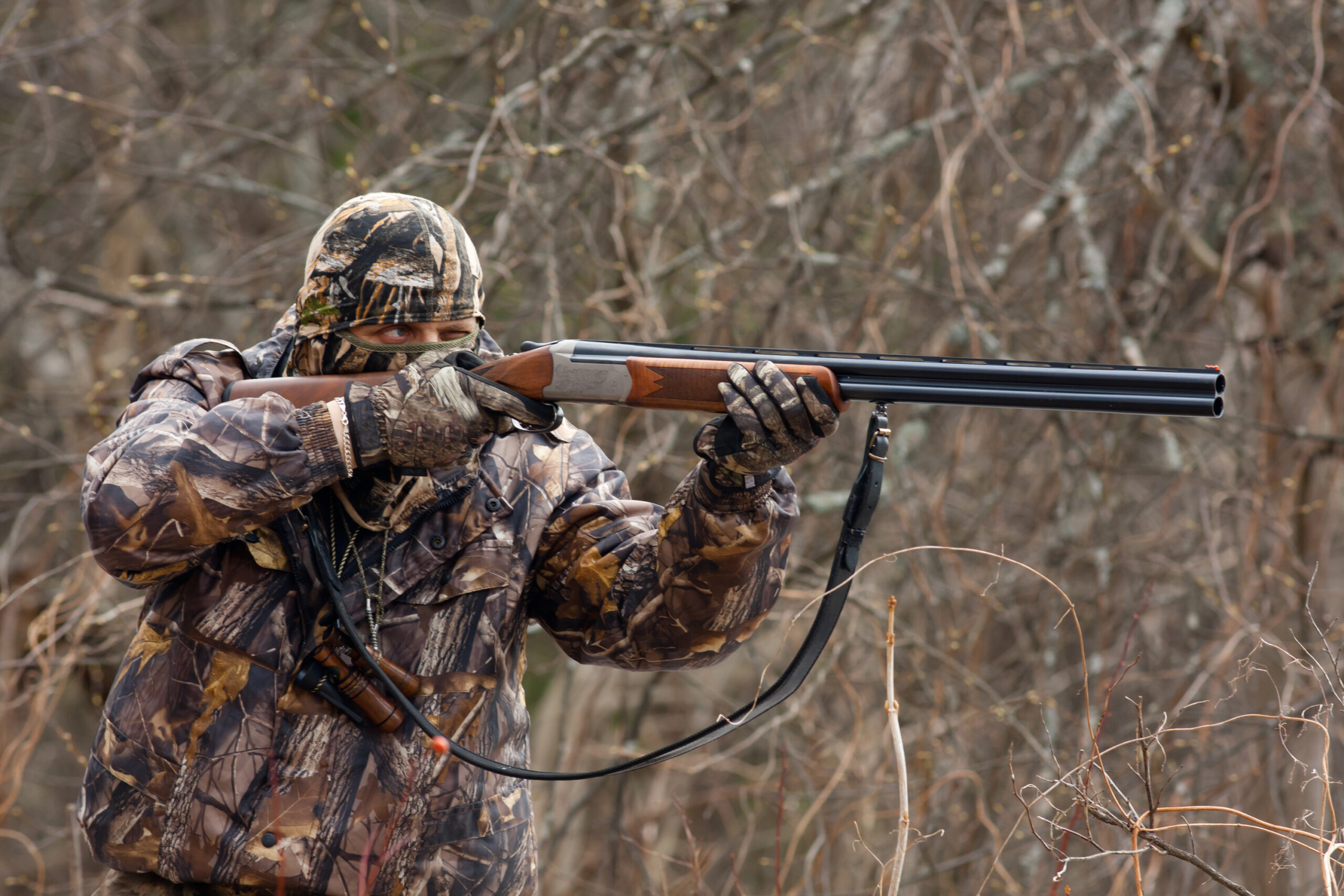As hunting season approaches, it’s time to focus on getting your body in optimal shape to tackle the challenges ahead. Whether you’re hunting whitetail deer in the Midwest, chasing wild turkeys in the spring, or pursuing predators like coyotes and bobcats, being physically prepared is key to making the most of your hunting trips. The right fitness routine can enhance your endurance, strength, and agility, which are essential for long hours on the hunt, navigating varying terrains, and handling the physical demands of tracking, stalking, and hauling your game.
In this article, we’ll focus on effective workouts to prepare for the upcoming hunting season. From building stamina to strengthening key muscles, here’s how to get your body ready for whatever your hunt may demand.
Why Fitness Matters for Hunting
The demands of hunting vary depending on the terrain and type of game, but certain physical attributes are universally important for every hunter. Here’s why getting fit is essential:
- Stamina for Long Days in the Field: Hunting often requires long hours of walking, hiking, or sitting in treestands. Building cardiovascular endurance ensures that you can stay on your feet, focused and alert, without fatigue setting in too early.
- Strength for Carrying Gear and Game: Whether it’s your rifle, bow, or a heavy pack, strength is essential for carrying gear over long distances. If you’re fortunate enough to make a successful kill, you’ll need the strength to drag, carry, or pack out your harvest.
- Agility for Navigating Terrain: Hunting can take you through dense woods, rocky hills, or swampy marshes. A fit body will allow you to move efficiently through all types of terrain, helping you get closer to your prey while avoiding obstacles.
- Mental Toughness: Fitness isn’t just physical—it’s also mental. A well-conditioned body helps you stay focused and alert during long days in the field. Plus, it helps you remain calm and make better decisions when you encounter the unexpected.
Effective Workouts for Preparing for the Hunting Season
To help you get ready for your upcoming hunts, here’s a breakdown of key workouts that will target your endurance, strength, and mobility. Make sure to incorporate these exercises into your routine to ensure you’re physically prepared.
1. Cardiovascular Conditioning (Building Stamina)
Cardio is essential for any hunter to build the stamina necessary for long, physically demanding days. Whether you’re stalking game in dense forests, climbing up hills, or walking miles to your treestand, you’ll need to build endurance to keep going.
- Hiking with a Weighted Pack: One of the most effective ways to prepare for hunting is by hiking with a backpack loaded with weight. Start with 20-30 pounds and gradually increase the weight as your body adapts. This simulates the load you’ll carry in the field, helping your body prepare for the weight of gear, food, and possibly a harvested animal.
- Stair Climbing: If you’re training indoors, stair climbing is an excellent alternative. Use stadium steps or even a stairmaster machine to replicate the steep inclines you might encounter while hunting. Climbing stairs improves your cardiovascular system while strengthening your legs.
- Trail Running: Trail running is an excellent way to build stamina while strengthening your legs and improving your balance. Try running on uneven terrain, whether it’s a rocky trail or a wooded path. This will mimic the conditions you’ll face when hunting in the wild.
- HIIT (High-Intensity Interval Training): HIIT is a great way to build both endurance and power. Short bursts of intense exercise followed by a brief recovery period simulate the stop-and-go nature of hunting. You’ll improve both your aerobic and anaerobic fitness, helping you stay strong through long, tiring hunts.
2. Strength Training (Legs, Core, and Upper Body)
Strength training is critical for hunters, as it helps you carry heavy loads, draw your bow with accuracy, and drag your game back to camp.
- Squats: Squats target your legs and core, helping you build strength for hiking, lifting, and carrying heavy loads. Use a barbell for added resistance or try goblet squats with a dumbbell for variation.
- Lunges: Lunges are excellent for building strength and stability, especially for your quads, hamstrings, and glutes. Lunges also improve your balance, which is vital when navigating uneven or slippery terrain.
- Deadlifts: Deadlifts focus on your back, hamstrings, and glutes—muscles critical for picking up heavy loads and lifting your hunting gear. They also improve your posture, which will help you maintain good form throughout the day.
- Pull-Ups and Rows: A strong upper body is necessary for handling a rifle or bow and pulling yourself up in a tree stand. Pull-ups target your back, biceps, and shoulders, while rows help build upper back and shoulder strength.
- Push-Ups and Dips: For overall upper body strength, push-ups and dips are essential. These bodyweight exercises help target your chest, triceps, and shoulders, preparing you to carry gear and shoot with stability.
3. Flexibility and Mobility (Injury Prevention and Agility)
Mobility and flexibility are just as important as strength for a successful hunt. Flexibility allows you to reach and move efficiently, and it can help prevent injuries when hiking or carrying heavy loads. Mobility exercises increase your range of motion and help you move freely.
- Dynamic Stretching: Incorporate dynamic stretches before you begin your workout to increase blood flow to your muscles and prepare your body for physical activity. Leg swings, arm circles, and hip rotations are all great dynamic stretches to include.
- Yoga: Yoga is excellent for improving flexibility, balance, and strength. Poses like downward dog, warrior, and pigeon can help open up your hips and improve posture, allowing you to move more freely and reduce the risk of injury while hunting.
- Foam Rolling: After a workout, foam rolling can help release muscle tightness and improve flexibility. Spend extra time on areas like your quads, hamstrings, and back to aid recovery.
4. Mental Preparation
Mental strength is just as important as physical fitness when it comes to hunting. Your ability to stay focused, alert, and calm will play a key role in your success.
- Visualization: Spend some time visualizing your hunt. Imagine stalking your prey, dealing with unexpected situations, and succeeding in your pursuit. Mental preparation builds confidence and helps you stay sharp when the moment arrives.
- Breathing Exercises: When you’re hiking or sitting quietly in a stand, it’s important to stay calm and controlled. Practice deep breathing exercises to help manage stress and improve your focus when it counts.
Conclusion
As the hunting season draws closer, it’s time to start preparing physically for the challenges that lie ahead. By focusing on cardiovascular endurance, strength, flexibility, and mental toughness, you’ll ensure that you’re ready for whatever your hunt demands. Training now will not only increase your chances of success, but it will also enhance the overall experience, making every hunt more enjoyable and less taxing on your body. So, start your workouts now, stay committed, and by the time hunting season arrives, you’ll be in the best shape possible to take on the wild. Happy hunting!


